Ganymede
NASA’s Juno Mission Detects Salts and Organic Compounds on the Surface of Ganymede; Will They Set the Stage for Habitability?
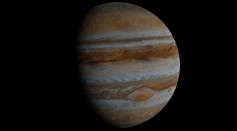
'Baby Jupiter' May Have Dried Out Its Moons Due Its Brightness; Findings Shed Light on the Composition of Galilean Satellites
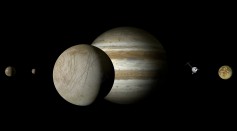
Aurorae Spotted on Jupiter's Four Largest Moons; How Is It Possible?
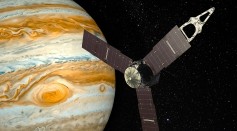
NASA Juno Spacecraft Finds Scarlet Moon Near Jupiter
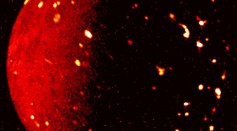
NASA's Juno Spacecraft Captures Jupiter Moon Io, Revealing An Incredible Detail of Its Volcanically Active Surface
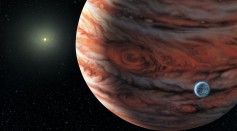
European Space Agency (ESA) Unveils 5 Jupiter Mysteries Ahead of Jupiter Icy Moons Explorer (JUICE) Mission
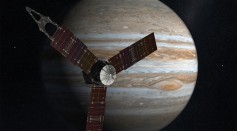
NASA Juno Mission Captures Stunning Photo of Ganymede Casting Giant Shadow Over Jupiter
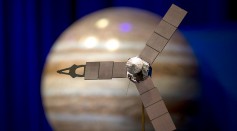
NASA’s Juno Mission Shares Rare Photo of Crescent Jupiter, Moon Ganymede
Jupiter Moon Ganymede Has Water Vapor in Its Atmosphere! Could This Be Common on Icy Bodies in the Solar System?
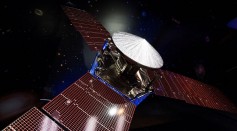
NASA's Juno Captures Astounding Video From Jupiter, Unique Images of Giant Moon Ganymede Appear
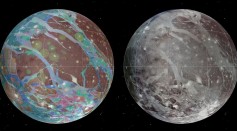
Check Out These First Images NASA’s Juno Took As It Passed by Ganymede!

NASA's Juno Probe Made a Flyby Visit to the Largest Moon in the Solar System

NASA's Juno to Make the Closest Flyby to Jupiter's largest Moon Ganymede
Jupiter will Appear Bigger and Brighter this June 10
Most Popular

How Technology Is Changing the Real Estate Industry?

How a Plant-Based Diet Can Protect Against Breast Cancer: Insights from Nutrition Research

Study Reveals High Turnover in Scientific Research Careers: What This Means for Future Scientists

Why It's So Difficult to Lose Weight: The Biological Explanation Behind Obesity





